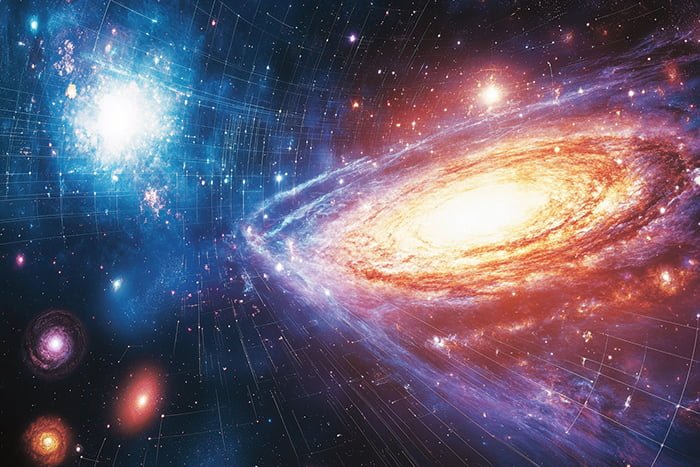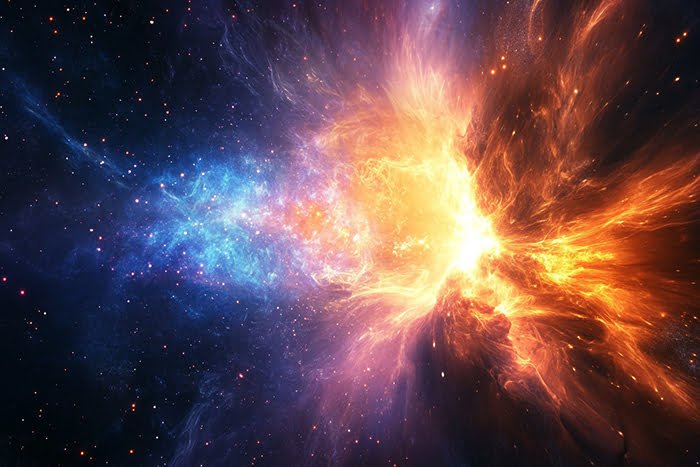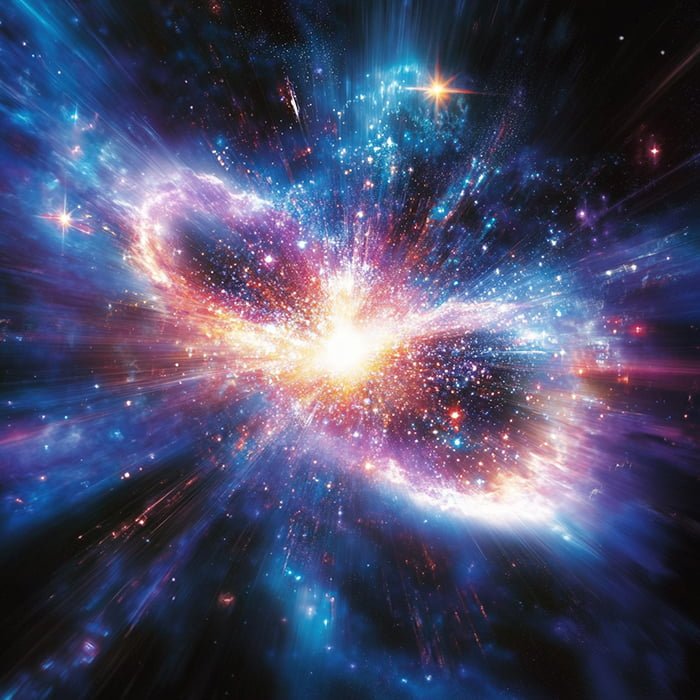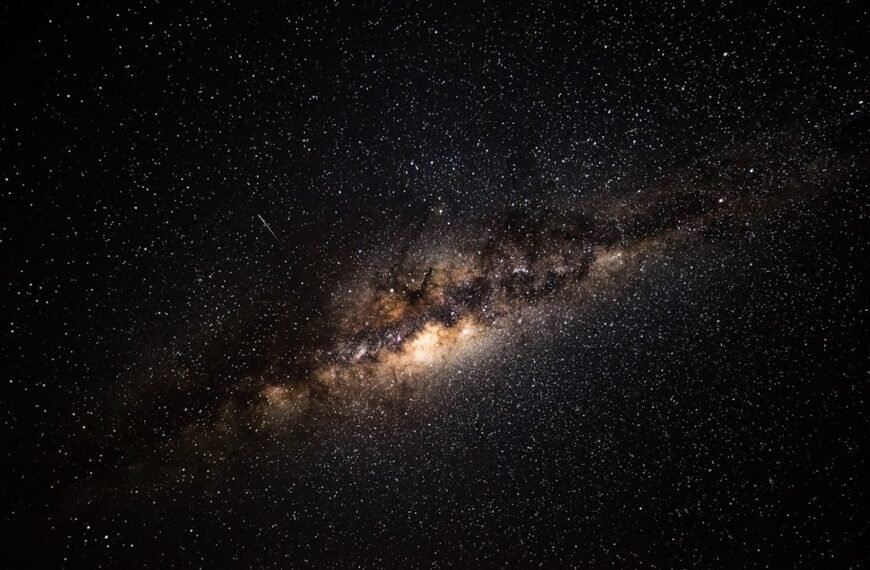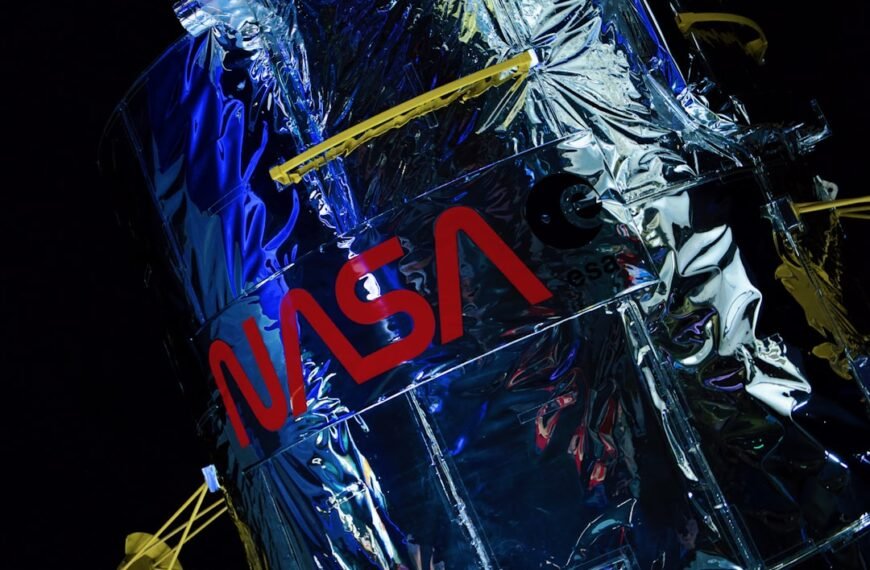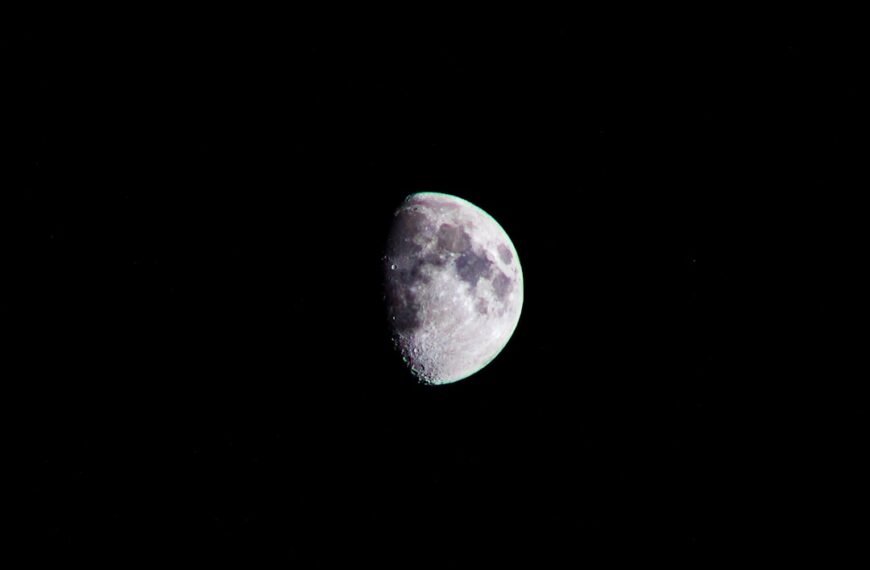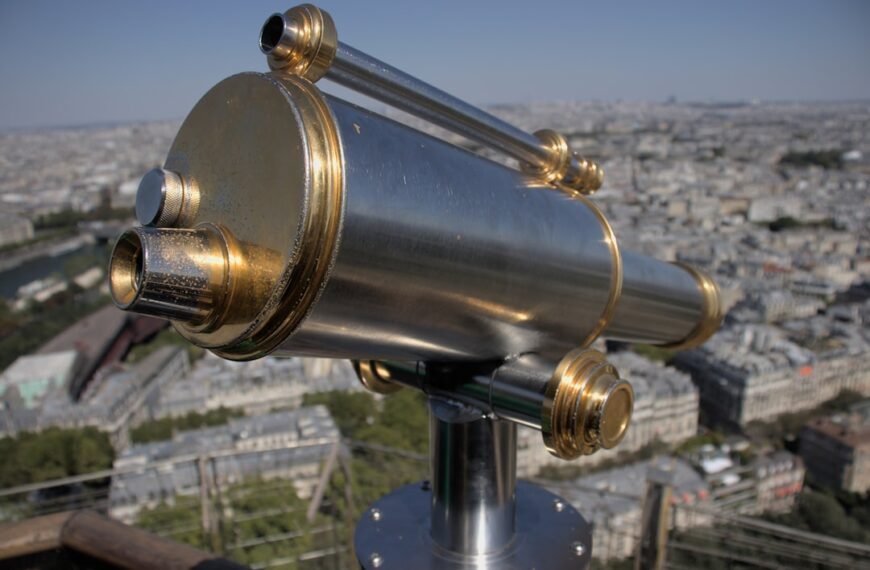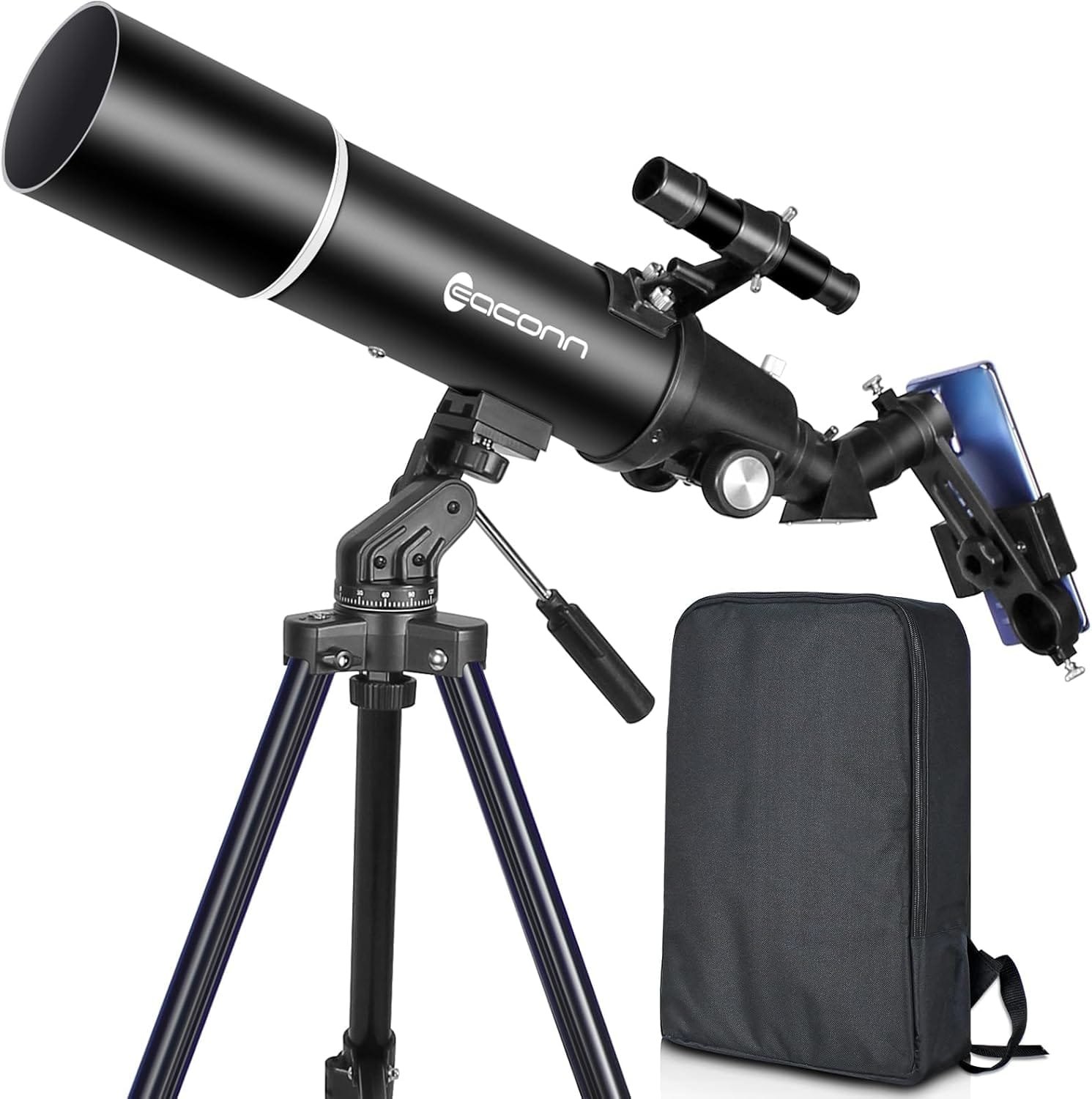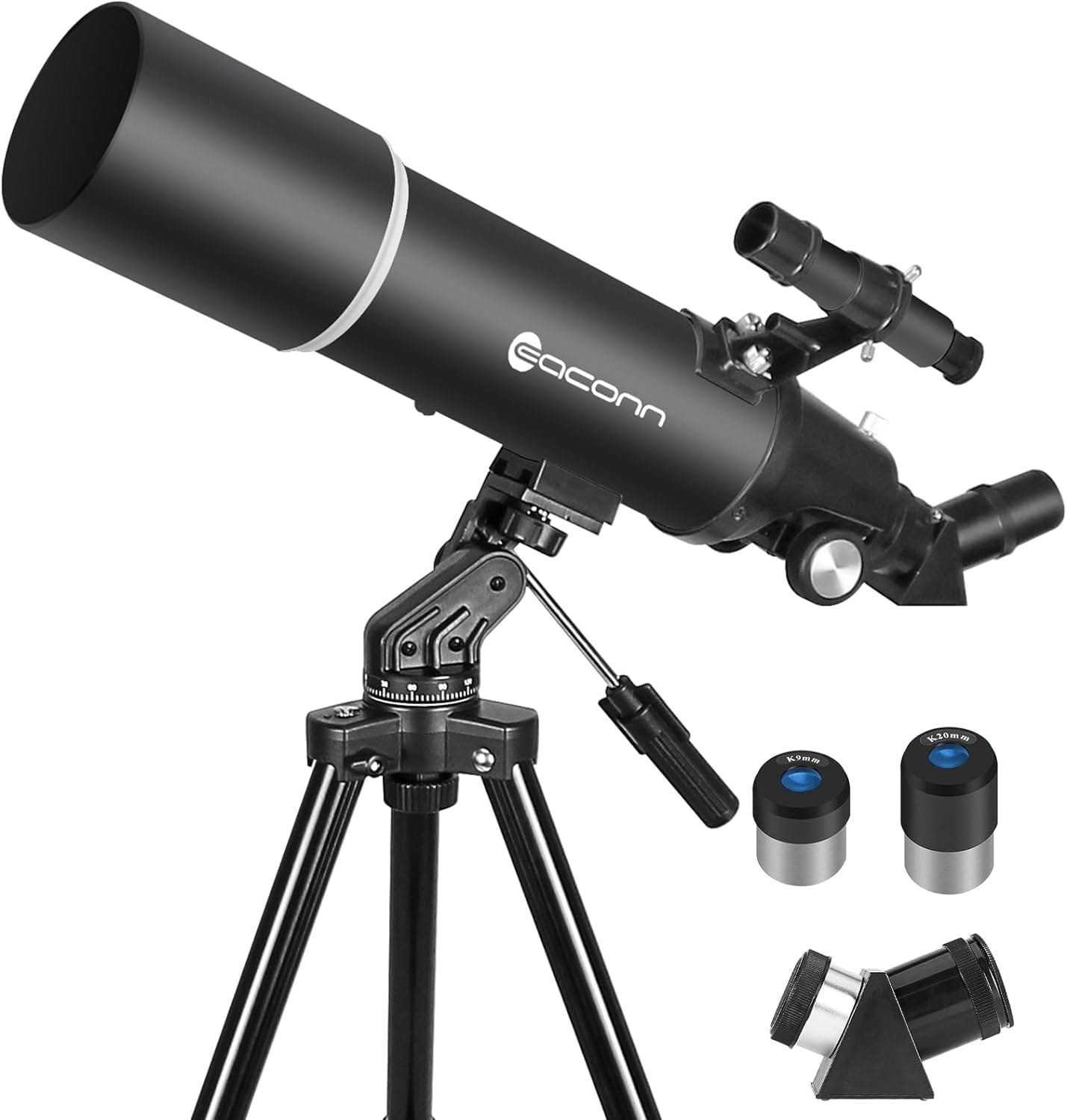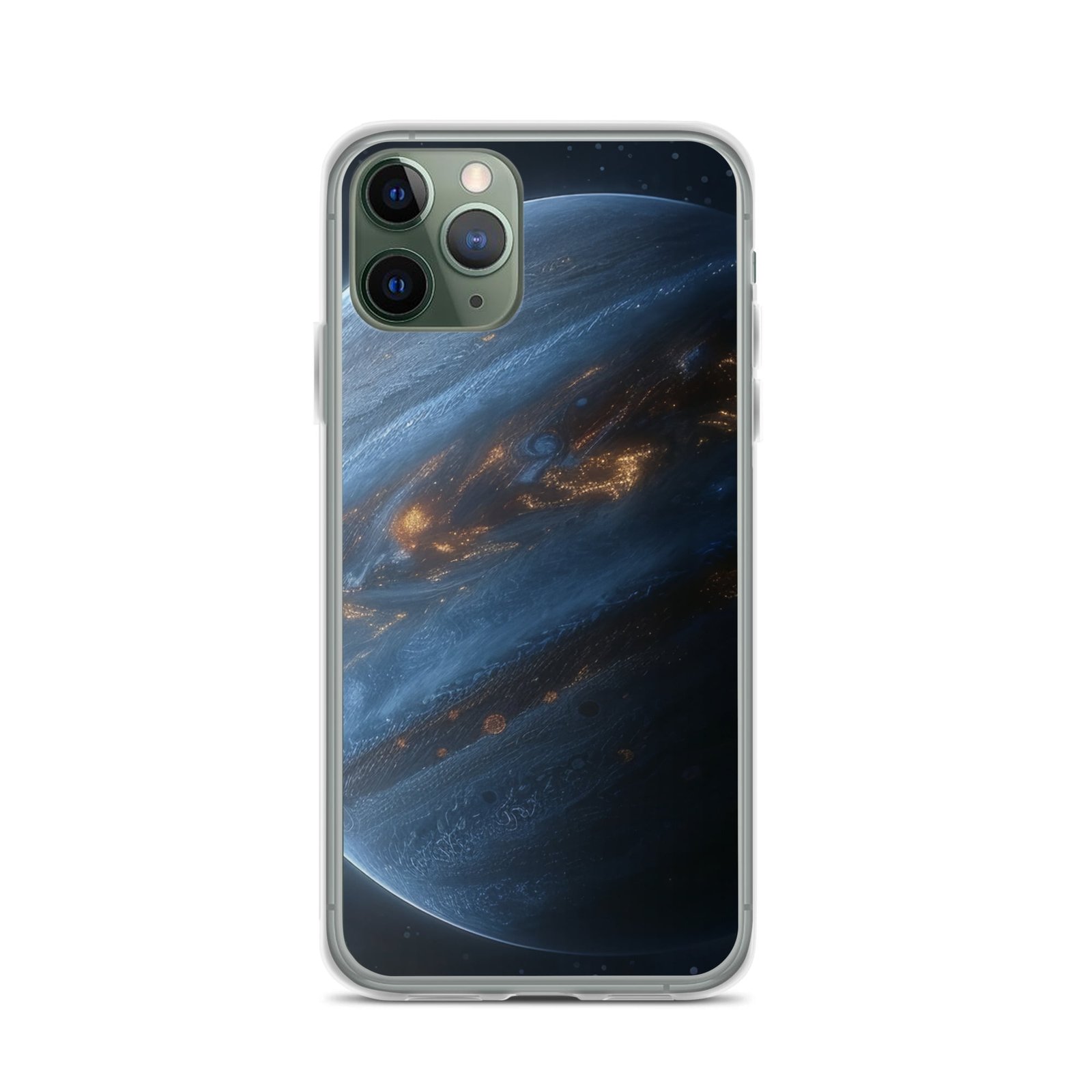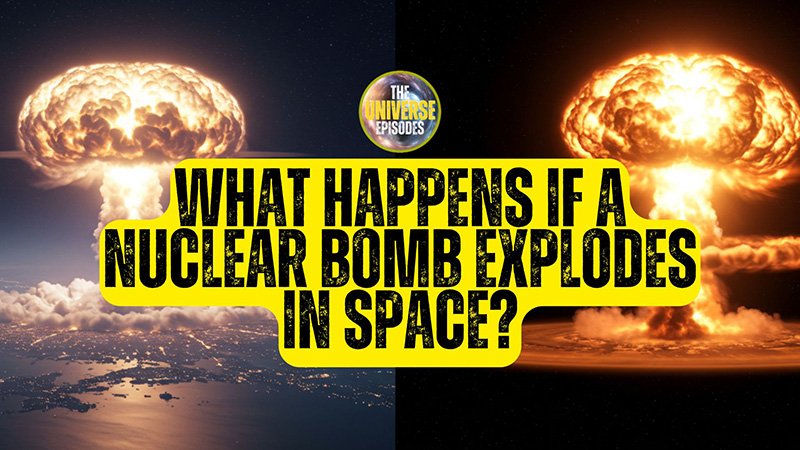Explore the universe’s origins via the Big Bang Theory, cosmic evolution, supporting evidence, alternative theories, and its scientific significance.
The universe, an expansive and enigmatic entity, has puzzled scientists and philosophers for centuries. The question, “How did the universe begin?” continues to captivate our curiosity. This comprehensive exploration delves into the origins of our universe, primarily focusing on the widely accepted Big Bang Theory. By the end of this article, not only will you gain a clearer understanding of how the universe began, but you’ll also appreciate the significance of this knowledge in the broader context of science and existence.
Key Points Summary
- Introduction to the Big Bang Theory
- Overview of the Big Bang Theory as the leading explanation for the universe’s origin.
- Description of the initial singularity and subsequent rapid expansion.
- Cosmic Evolution Post-Big Bang
- Examination of the universe’s transformation from a hot, dense state to its current form.
- Key stages of cosmic evolution, including the formation of fundamental particles, atoms, stars, and galaxies.
- Supporting Evidence for the Big Bang Theory
- The role of cosmic microwave background radiation in validating the Big Bang Theory.
- The significance of redshift in the context of an expanding universe.
- Contributions of particle physics and quantum mechanics.
- Alternative Theories and Debates
- Overview of other cosmological theories such as the Steady State Theory and Multiverse Theory.
- Discussion on ongoing debates and unresolved questions in cosmology.
- Implications and Significance
- The importance of understanding the universe’s origin in scientific and philosophical contexts.
- The impact of cosmological studies on technology, culture, and our perception of existence.
The Big Bang Theory: A Detailed Overview
The Initial Singularity and Rapid Expansion
The Big Bang Theory posits that the universe began as a singularity approximately 13.8 billion years ago. This singularity, an infinitely small and dense point, contained all the energy and matter that would later form the universe. In an incomprehensibly brief moment, this singularity underwent rapid expansion—an event known as the Big Bang.
The Birth of Time and Space
As the universe expanded, it began cooling down, leading to the formation of fundamental particles such as quarks and electrons. Within a fraction of a second, these particles coalesced to form protons and neutrons, setting the stage for the creation of atoms. This period, known as the Planck Epoch, marked the birth of time and space as we understand them.
Cosmic Evolution Post-Big Bang
Formation of Fundamental Particles and Atoms
In the first few minutes post-Big Bang, the universe was a hot, dense plasma of particles. As it continued to cool, protons and neutrons combined to form the first atomic nuclei in a process called nucleosynthesis. Within 380,000 years, these nuclei captured electrons, creating the first stable atoms—primarily hydrogen and helium.
The Emergence of Stars and Galaxies
As the universe expanded and cooled further, regions of slightly higher density began to collapse under gravity, forming the first stars. These stars clustered together to form galaxies, illuminating the cosmos. The formation of stars and galaxies marked the beginning of the universe’s large-scale structure.
Supporting Evidence for the Big Bang Theory
Cosmic Microwave Background Radiation
One of the most compelling pieces of evidence for the Big Bang Theory is the cosmic microwave background (CMB) radiation. Discovered in 1965 by Arno Penzias and Robert Wilson, the CMB is the afterglow of the Big Bang, a faint microwave radiation that permeates the universe. It provides a snapshot of the infant universe, offering crucial insights into its early state and supporting the theory of a hot, dense beginning.
The Expanding Universe and Redshift
Another key piece of evidence is the observation of redshift in distant galaxies. Edwin Hubble’s discovery in the 1920s that galaxies are moving away from us in all directions indicated that the universe is expanding. This observation aligns with the Big Bang Theory, suggesting that the universe has been expanding from an initial singularity.
Contributions of Particle Physics and Quantum Mechanics
Advancements in particle physics and quantum mechanics have also bolstered the Big Bang Theory. The discovery of subatomic particles and the understanding of their interactions have provided a deeper comprehension of the universe’s earliest moments. Experiments conducted in particle accelerators mimic conditions similar to those just after the Big Bang, offering empirical support for theoretical models.
Alternative Theories and Debates

The Steady State Theory
Before the Big Bang Theory gained widespread acceptance, the Steady State Theory proposed that the universe had no beginning or end, and new matter was continuously created to maintain a constant density. However, the discovery of the CMB and other observational evidence have largely discredited this theory.
The Multiverse Theory
Another intriguing concept is the Multiverse Theory, which suggests that our universe is one of many universes that exist simultaneously. While this theory is still speculative and lacks empirical evidence, it opens up fascinating possibilities about the nature of reality and the origin of our universe.
Implications and Significance
Scientific and Philosophical Impact
Understanding the origin of the universe has profound implications for both science and philosophy. It challenges our perceptions of time, space, and existence, prompting us to consider our place in the cosmos. The study of cosmology has driven technological advancements and inspired countless scientific discoveries, shaping our modern world.
Cultural and Technological Contributions
Cosmological research has also influenced culture and technology. Innovations such as satellite communication, GPS, and medical imaging have roots in our understanding of the universe. Moreover, the quest to comprehend our origins has inspired art, literature, and philosophical thought, enriching human culture.
Conclusion: The Importance of Understanding the Universe’s Origin
This article delves into the fascinating journey of understanding how the universe began, primarily through the lens of the Big Bang Theory. By exploring the evidence, alternative theories, and ongoing debates, we gain a deeper appreciation for the complexity and wonder of the cosmos.
Understanding the universe’s origin is crucial for several reasons. It not only satisfies our innate curiosity but also drives scientific and technological progress. Moreover, it offers profound insights into our existence and place in the universe, enriching our intellectual and cultural heritage. As we continue to explore and learn, the study of cosmology will remain a beacon of human ingenuity and curiosity, guiding us toward new discoveries and greater understanding.

